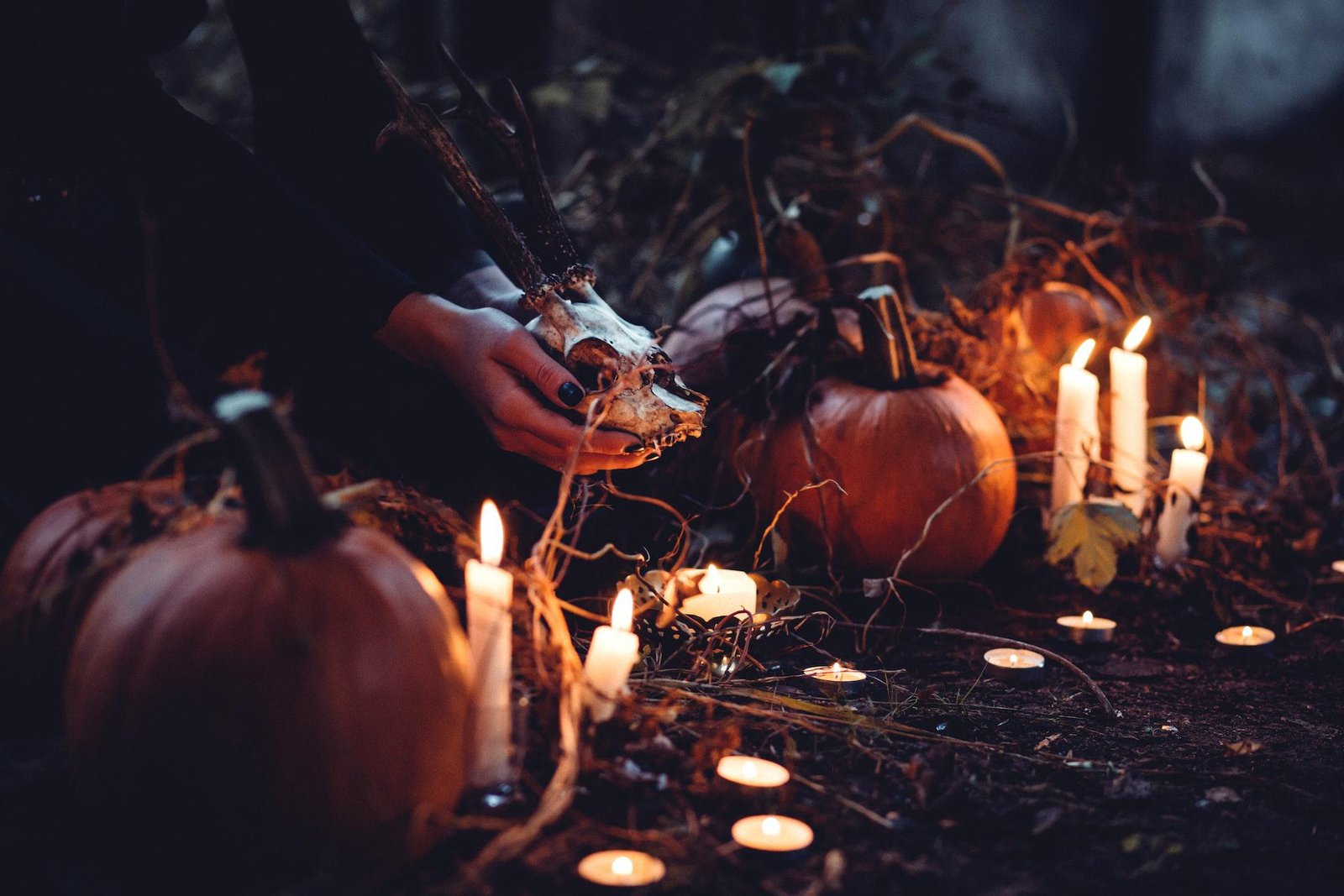Every year on October 31, the holiday of Halloween is observed. In 2022, Halloween will fall on a Monday. In order to stave off ghosts, people would light bonfires and dress up for the ancient Celtic holiday of Samhain, which is where the custom got its start. Gregory III, the eighth-century pope, established November 1 as a day to celebrate all saints. All Saints Day soon started to adopt some Samhain customs. All Hallows Eve, and later Halloween, were names for the preceding evening. Halloween has changed throughout the years into a day filled with fun events like trick-or-treating, pumpkin carving, get-togethers, dressing up, and eating sweets.
Halloween’s Early History
The ancient Celtic celebration of Samhain is where Halloween got its start (pronounced sow-in). The Celts, who were mostly located in the region that is now Ireland, the United Kingdom, and northern France, lived 2,000 years ago and observed their new year on November 1.
On this day, the seasons of summer, harvest, and the gloomy, chilly winter, which was frequently a time of year when people died, came to a close. The night before the new year, according to the Celts, the line between the worlds of the living and the dead fuzzed. Samhain, when it was thought that the ghosts of the dead made a comeback to earth, was celebrated on the evening of October 31.
Celts believed that the presence of the supernatural spirits facilitated easier future prophecies by the Druids, or Celtic priests, in addition to causing difficulties and harming harvests. These prophecies were a significant source of solace throughout the long, dark winter for a people who were totally dependent on the unstable natural world.
Huge sacred bonfires were lit by Druids as a memorial to the occasion, and people gathered around them to burn crops and animals as sacrifices to the Celtic gods. The Celts attempted to tell one other’s fortunes while dressed in elaborate costumes, which frequently included animal heads and skins.
They re-lit their hearth fires from the sacred bonfire that they had put out earlier that evening to help safeguard them after the festivities.

Did you realize? Halloween purchases account for 25% of all sweets sold annually in the US.
By A.D. 43, the majority of Celtic lands had been seized by the Roman Empire. Over the course of their 400-year reign over the Celtic nations, two Roman-inspired holidays were merged with the customary holiday of Samhain.
The first was Feralia, a Roman rite that takes place in late October to remember the deceased. Pomona, the Roman goddess of fruit and trees, was celebrated on the second day. The apple is Pomona’s emblem, therefore the fact that this celebration was included into Samhain probably explains why we still bop for apples on Halloween today.
Thanksgiving Day
Pope Boniface IV dedicated the Pantheon in Rome to all Christian martyrs on May 13, A.D. 609, and the Western church adopted the Catholic feast of All Martyrs Day. Later, Pope Gregory III changed the date of the celebration from May 13 to November 1 and broadened the event to include all martyrs and saints.
By the ninth century, Christianity’s influence had reached the Celtic nations, where it progressively assimilated with and replaced pre-Christian Celtic practices. The church declared November 2 All Souls’ Day in the year 1000 as a day to remember the deceased. Today, it is generally accepted that the church tried to replace the Celtic feast of the dead with a comparable church-approved celebration.
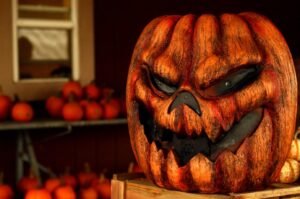
America welcomes Halloween
Colonial New England’s strict Protestant religious beliefs severely restricted the Halloween festivities. In Maryland and the southern colonies, Halloween was considerably more common.
A uniquely American interpretation of Halloween started to take shape when the beliefs and traditions of various European ethnic groups and American Indians converged. The first harvest festivities were “play parties,” which were open-air gatherings. Neighbors would sing and dance while exchanging ghost stories and fortunes.
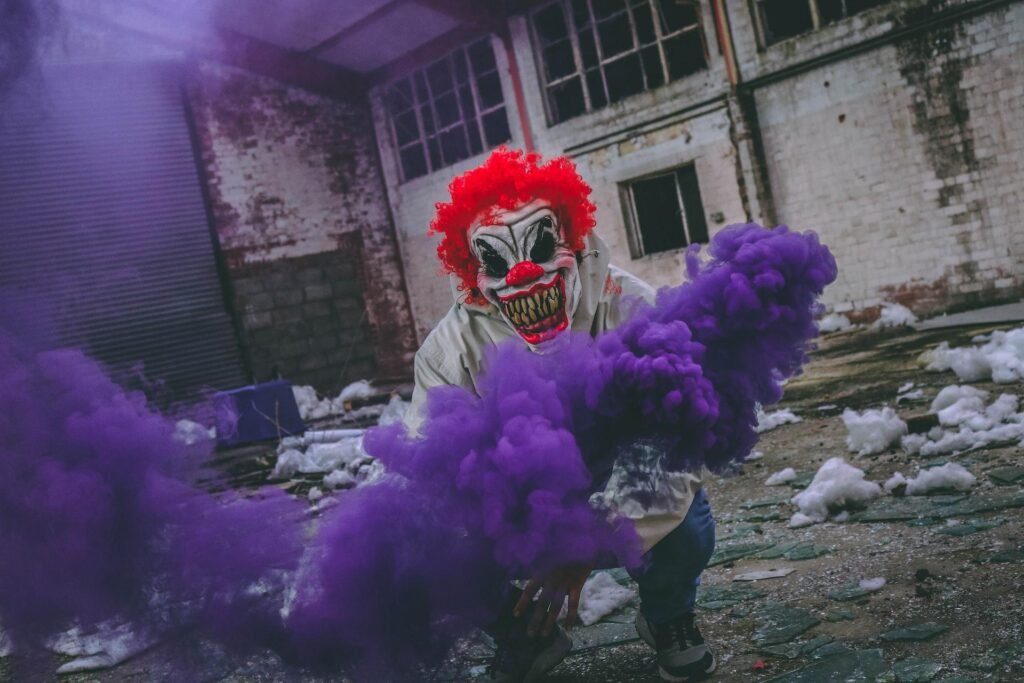
Did you realize? More individuals are purchasing pet costumes. In 2021, Americans spent about $500 million on pet costumes, more than double as much as they did in 2010.
The telling of ghost stories and various forms of mischief were also a part of the traditional Halloween celebrations in the past. Annual autumn celebrations were widespread by the middle of the 19th century, although Halloween was not yet observed nationwide.
America experienced a massive influx of new immigrants in the second half of the 19th century. These new arrivals—particularly the countless Irish who had fled the Irish Potato Famine—helped make Halloween a national holiday.
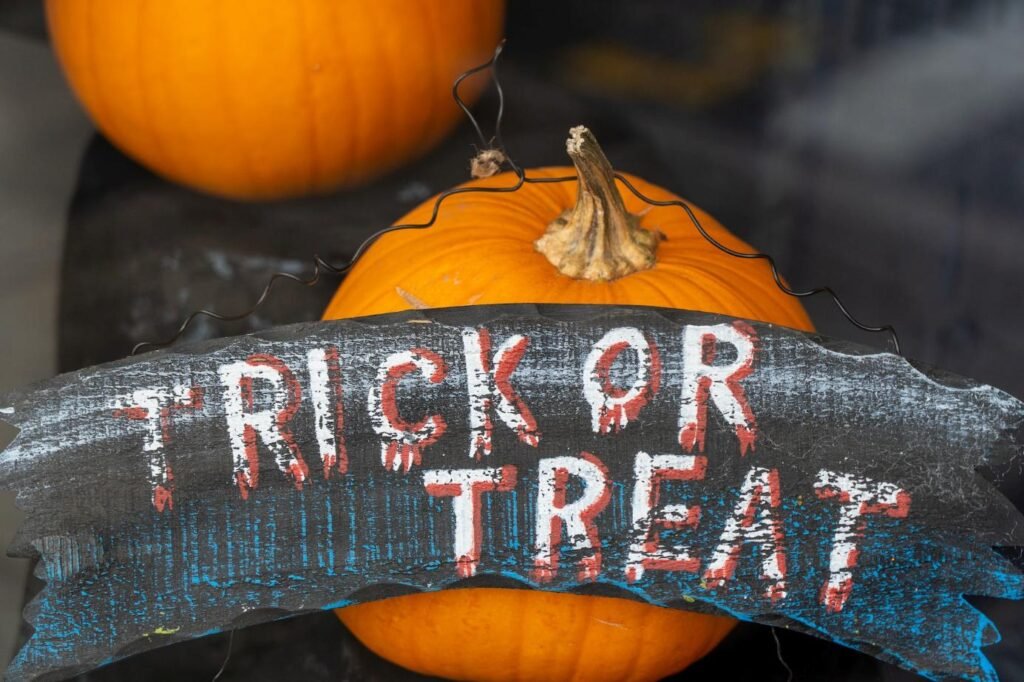
Trick-or-Treating History
By adapting European customs, Americans started dressing up for Halloween and knocking on doors to ask for food or money. This practice eventually developed into the modern-day “trick-or-treat” custom. Young girls thought that by performing tricks with yarn, apple parings, or mirrors on Halloween they could predict the name or look of their future husband.
Watch the Trick-or-Treating History
In America, there was a movement in the late 1800s to transform Halloween into a celebration that was more about neighborhood gatherings and community interaction than it was about ghosts, tricks, and witchcraft. Halloween celebrations for both kids and adults became the most popular activity at the turn of the century. Games, seasonal cuisine, and colorful costumes were the main attractions of parties.
Newspapers and community leaders urged parents to remove anything “frightening” or “grotesque” from Halloween celebrations. By the beginning of the twentieth century, Halloween had mostly lost its superstitious and religious connotations as a result of these efforts.
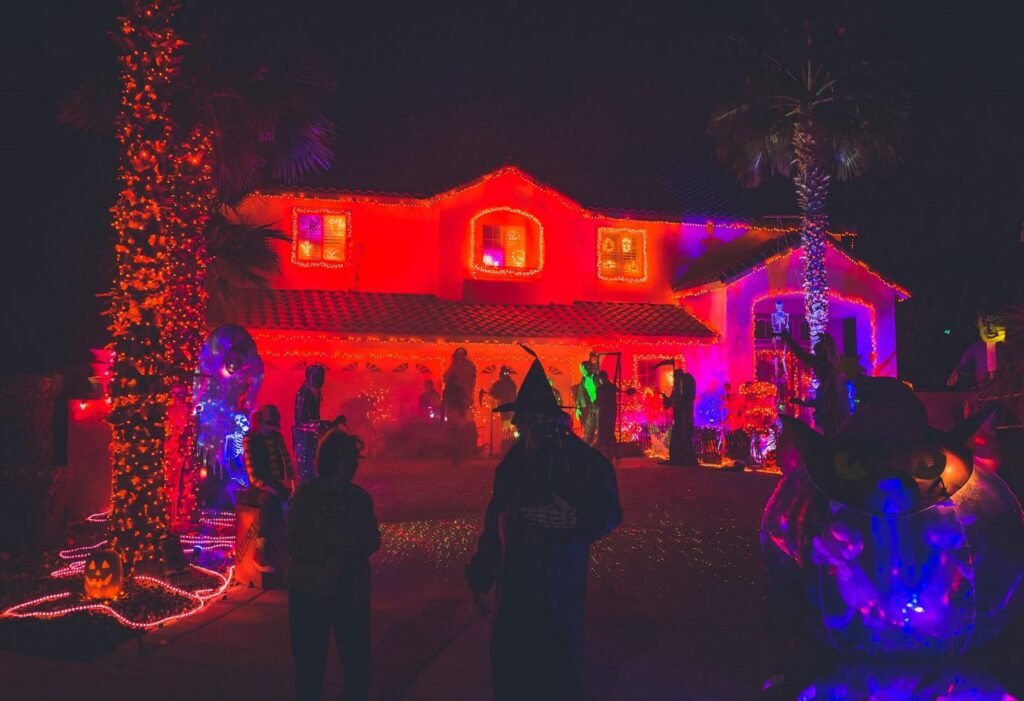
Events for Halloween
Halloween had evolved into a secular yet community-focused event by the 1920s and 1930s, with parades and Halloween parties held at every town hall as the main attractions. During this period, festivities in many towns started to be plagued by vandalism despite the best efforts of many schools and communities.
By the 1950s, local officials had successfully reduced vandalism, and Halloween had changed into a celebration mostly for kids. The birth boom of the 1950s produced a large number of small children, thus celebrations migrated from town municipal buildings to classrooms and homes where they could be accommodated more readily.
Trick-or-treating, a centuries-old custom, was also revived between 1920 and 1950. Trick-or-treating was a relatively cheap way for an entire neighborhood to participate in the Halloween holiday. Families may theoretically stop tricks from being played on them by giving the neighborhood kids little presents.
A fresh American custom was therefore established, and it has since flourished. With an estimated $6 billion in annual spending, Halloween is now the second-largest commercial holiday in the United States, behind Christmas.
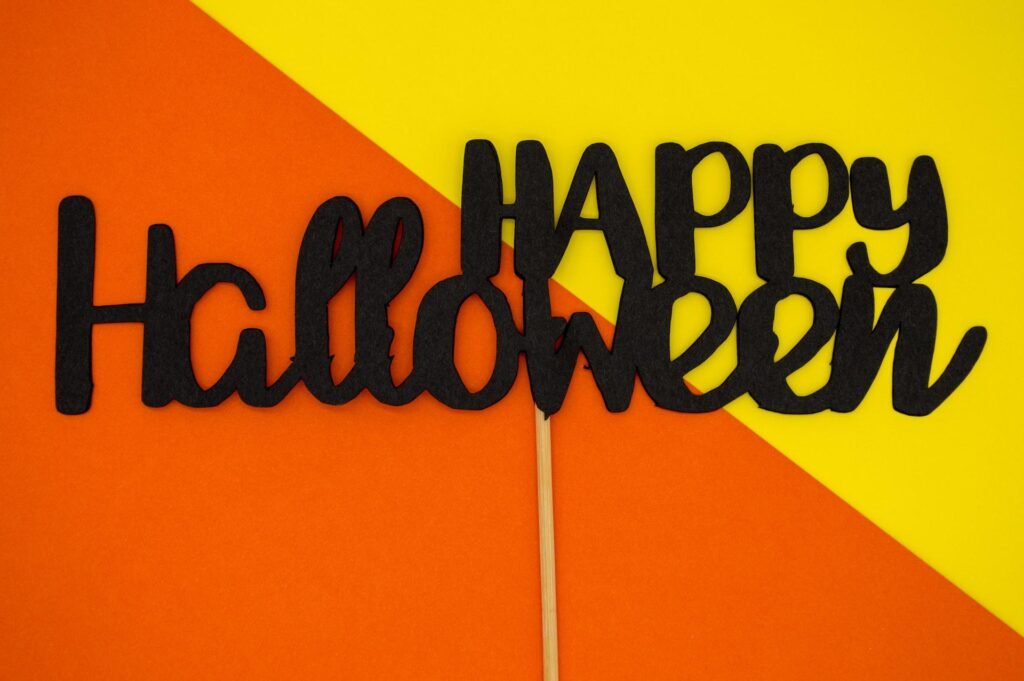
Spooky movies
In terms of box office success, spooky Halloween films have a long history of doing well. The “Halloween” franchise, based on the 1978 original picture directed by John Carpenter and starring Donald Pleasance, Nick Castle, Jamie Lee Curtis, and Tony Moran, is one example of classic Halloween movies. In the movie “Halloween,” a young boy named Michael Myers kills his 17-year-old sister and is put in jail; however, on Halloween night, as a teenager, he escapes and goes in search of his old house and a new victim.
In 2018, Jamie Lee Curtis and Nick Castle starred in a direct sequel to the first “Halloween.” In 2021, a follow-up to that, “Halloween Kills,” the franchise’s 12th overall installment, was made available.
The renowned “slasher films” “Scream,” “Nightmare on Elm Street,” and “Friday the 13” were all influenced by the horror classic “Halloween,” right down to its eerie score. The Nightmare Before Christmas, Beetlejuice, Hocus Pocus, and It’s the Great Pumpkin, Charlie Brown are a few more family-friendly Halloween films.
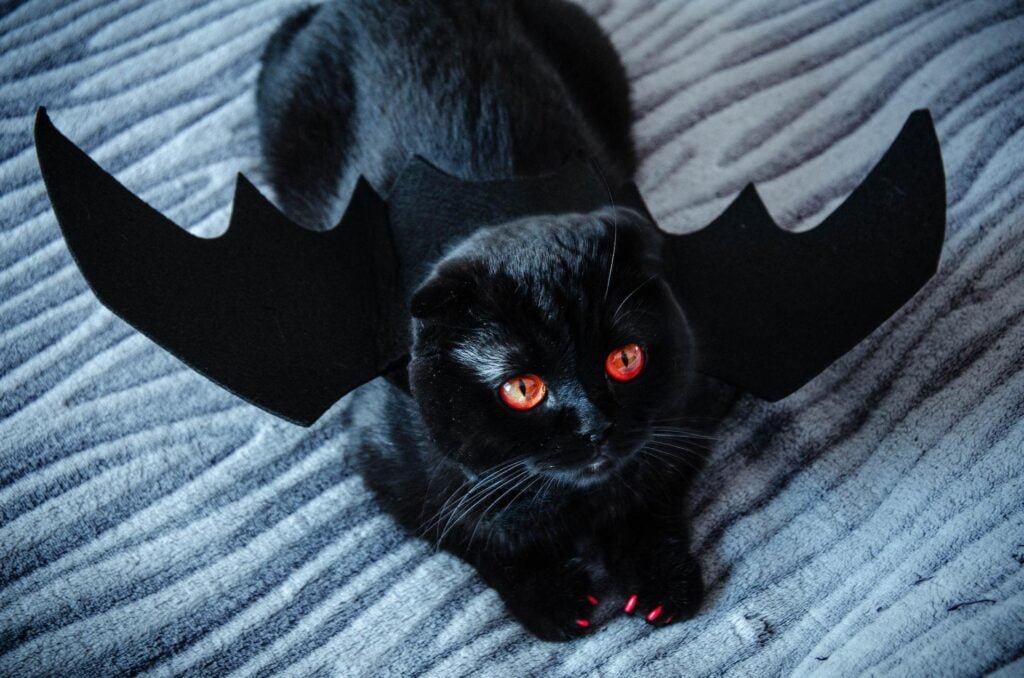
Black Cats and Ghosts on Halloween
Halloween has long been a mysterious, magical, and superstitious occasion. It started as a Celtic end-of-summer event when people felt particularly connected to their departed loved ones. They burned lights to aid loved ones in returning to the spirit realm, put gifts on doorsteps and by the side of the road, and set places at the dinner table for these amiable spirits. The ghosts of Halloween today are frequently portrayed as being more terrifying and evil, and our traditions and superstitions are also more frightful. We avoid going near black cats out of concern that they’ll curse us. This notion dates back to the Middle Ages, when a lot of people thought that witches escaped detection through.

